Man, your shoulder is hurting and you feel some weakness in your arm. What in the world did you do? Maybe you overdid it by exercising or playing sports or, perhaps, you fell and separated your shoulder. Shoulder pain from a separated shoulder is frustrating, but you can be on your way to recovery with proper physical therapy exercises.
What is a separated shoulder?
Your shoulder is held together by ligaments that attach your collarbone to your shoulder blade. You can separate your shoulder when you injure these ligaments. Minor injuries may include overstretched ligaments, while severe injuries would include torn ligaments.
Symptoms and causes of a separated shoulder
In most cases, if you have a separated shoulder it could be because you experienced a blow to the joint of your shoulder. Either someone ran into you or you fell. This type of injury is particularly common in sports such as football, hockey, volleyball or gymnastics. If you’ve separated your shoulder, you may experience the following symptoms:
- Shoulder pain.
- A bump near the top of your shoulder.
- Weakness in your affected arm.
- Bruising or swelling on or near your shoulder.
- Limited shoulder movement.
Exercises for a separated shoulder
If you’ve separated your shoulder, working with your physical therapist to identify some exercises can help you recover quicker. Here are three types of exercises your physical therapist may recommend for a separated shoulder:
- Neck rotation — While sitting, rotate your head to the left and hold it for 10 to 15 seconds. Then, rotate your head to the right, holding the position for 10 to 15 seconds.
- Shoulder rolls — Sit comfortably in a chair with your feet flat on the floor. Rotate your shoulders forward and then roll them backward in smooth, circular motions.
- Shoulder blade squeeze — Stand with your hands at your side. Squeeze your shoulder blades together and hold the position for five seconds.
If you experience any pain or discomfort, stop and inform your physical therapist. Some discomfort may be expected when performing exercises for a separated shoulder, but pain can also signal another issue or that slight adjustments need to be made to help you be more comfortable. Your specialist may also recommend that you adjust how you sleep at night to reduce the amount of pressure placed on your shoulder.
At SSOR, our physical therapists can perform a free screening to determine which issue you have and make a plan to treat it. Contact us today for more information or to schedule an initial appointment.

